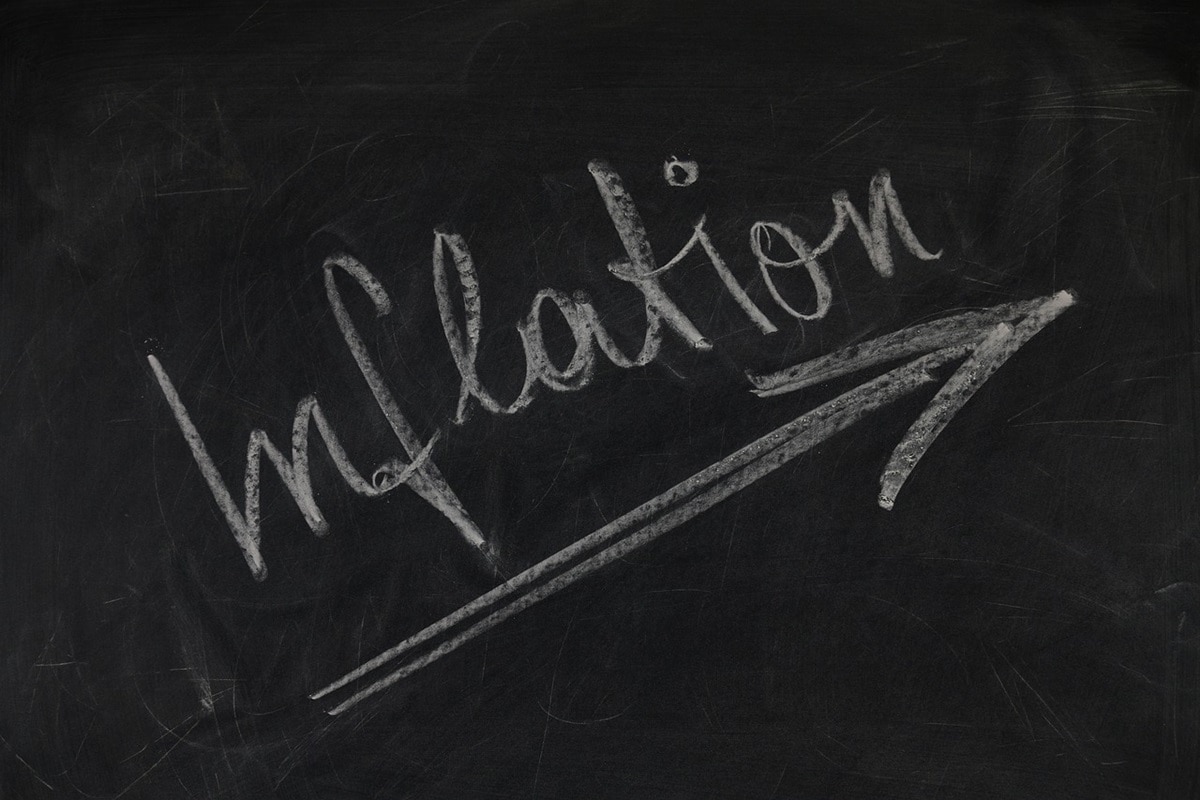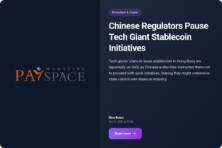In China, November consumer inflation was recorded at a level that is a five-month low.

The mentioned indicator last month showed an increase of 0.2% year-on-year. The relevant information was published by the National Bureau of Statistics of China on Monday, December 9th.
Analysts interviewed by the media predicted that retail inflation in the Asian country would rise by no more than 0.5% in November.
Core inflation in China increased by 0.3% last month. It is worth noting that in October, this indicator showed a growth of 0.2%. Core inflation does not take into account volatile food and fuel prices.
On an annual basis, the cost of pork and fresh vegetables in China in November increased by 13.7% and 10%, respectively.
The producer price index or wholesale inflation showed a downward dynamic last month in the Asian country. It is worth noting that the corresponding dynamic has been observed for the 26th month in a row. Producer inflation in China fell by 2.5% year-on-year last month. Analysts interviewed by the media predicted that this figure would be decreased by 2.8% in November.
Among the purchaser price index of industrial producers, prices for ferrous metal materials decreased by 7.1%. The cost of fuel and power fell by 6.5%. Prices for chemical raw materials declined by 5%.
Erica Tay, director of macro research at Maybank, said in a media comment that in China, accumulated inventories of manufacturing inputs and finished goods are sizeable, and growing by the month. It was also noted that this mismatch between supply and demand has been depressing prices.
Sustained retail inflation, which is close to zero, is evidence that China is still struggling with sluggish domestic demand. At the same time, wholesale prices in the Asian country remain in deflationary territory. It is worth noting that the corresponding state of affairs is observed, despite the fact. Since September, Beijing has been taking measures aimed at stimulating economic activity. Relevant actions included cutting interest rates and supporting the stock market and the real estate markets. Also, in this case, measures such as boosting bank lending were taken.
Becky Liu, head of China’s macro strategy at Standard Chartered Bank, suggests that the deflationary process in China will continue, especially given the experience of previous trade wars. In this case, the tension between Washington and Beijing in the area of trade is implied. It is worth noting that the corresponding tension is on an escalating trajectory.
Goldman Sachs analysts wrote in a note released last week that they expect the consumer price index in China to remain at a level close to zero next year.
At the same time, it is worth noting that the economic situation in the Asian country as a whole is not unambiguous or monolithic. In October, China recorded a strong increase in retail sales, exceeding analysts’ preliminary expectations interviewed by the media. In November, the Asian country experienced an upward dynamic of manufacturing activity for the second month in a row.
Also on Monday, Fitch Ratings revised down its forecast for China’s economic growth next year. Experts of this agency expect that in 2025, the gross domestic product (GDP) of the Asian country will increase by 4.3%. The previous version of the forecast provided for a growth in this figure by 4.5%. Fitch Ratings has also revised its projection for China’s economic dynamic for 2026. Analysts of this agency expect that the GDP of the Asian country in the mentioned year will increase by 4%. The previous version of the forecast provided for a growth in this indicator by 4.3%.
Fitch Ratings chief economist Brian Coulton wrote in the report that in 2025 and 2026, the United States trade policy toward China will be characterized by protectionism.
The main risk for the forecast of the mentioned agency is an extended downturn in an Asian country’s real estate market.
As we have reported earlier, Foreign Investments in China Demonstrate Decline.









